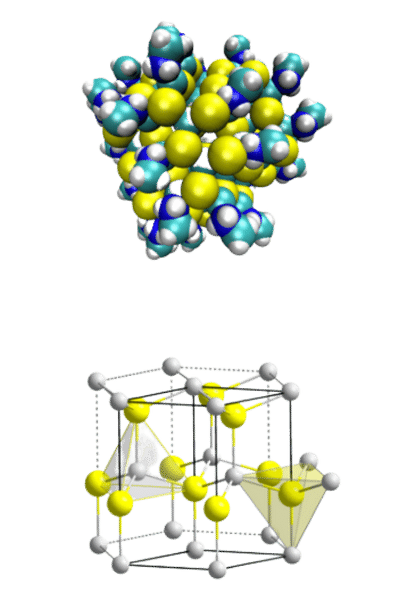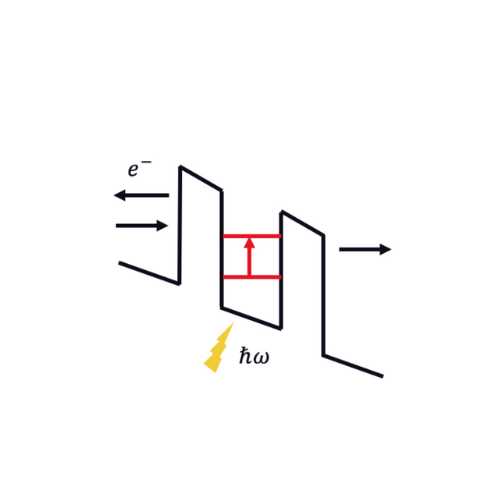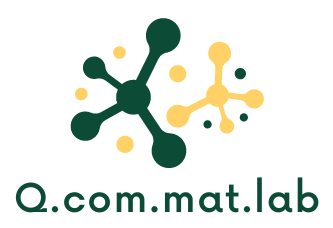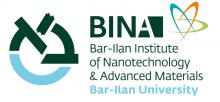
Our lab strives to understand and predict how does atomic and electronic structure of materials and molecules effect their optoelectronic and mechanical properties.
Understanding microscopic properties of materials, will help in controlling chemical reactions on surfaces and electron transport in nanomaterials, improve optoelectronic properties of devices, and predict novel quantum materials.
In the lab we will simulate materials properties, electronic transfer mechanisms, and chemical reactions on the computer. We will develop state of the art electronic structure for predicting properties of materials, we will focus on nano-materials and 2D quantum materials.
Our key questions
Can we use theoretical and computational tools in order to discover novel quantum materials and phenomena?
How does the surface and interfaces morphology effect energy and charge transfer processes?
How do defects, interfaces or surfaces affect the electronic structure in nano-materials?
Our Themes

Simulating excited state in quantum nano-structures
We will study excited state and transfer properties in complex materials and nano-materials. We will strive to understand the underling mechanisms in excited state transfer mechanisms, this can lead to improve the optoelectronic properties in devices. We will simulate these by using first principle methods, such as various flavors of DFT.
Developing computational quantum chemistry methods for materials
We will develop quantum ab-initio electronic structure methods for periodic systems, such as solids, surfaces and 2D materials. These methods are systematically improvable, and can lead to predicting properties of complex materials and strongly correlated materials.


Modeling light matter interactions in heterogenous quantum nanostructures
We will study the effect of laser field on excited electrons in nano-heterostructure. We will model light-matter interactions for discovering novel quantum phenomena
Dr. Tamar Goldzak
Hi, I am Tamar (Tami) head of “Quantum computational material lab”. I did my PhD in the Technion under the supervision of Prof. Nimrod Moiseyev. I joined the faculty of engineering at Bar Ilan university after two postdocs, the first at MIT under the supervision of Prof. Troy Van Voorhis, and the second at Columbia university under the supervision of Prof. Timothy Berkelbach.
We are exploring how does atomic structure of materials and molecules affect their properties. In the lab we simulate electronic properties of materials and chemical reactions by solving the quantum mechanical schrodinger equation on the computer.
Our lab is a place where material engineers, chemists, physicists and more to explore and understand electronic processes in materials, and to develop novel electronic structure methods to predict new quantum materials. In our lab we strive to enjoy doing science together and collaborate with experimental groups as well.

News
Open Positions
Open Positions for Msc, Phd, and Postdoc We are seeking excellent and highly motivated MSc, Ph.D. students, and/or postdocs that are interested in pursuing state of the art interdisciplinary research in quantum computational materials. Successful candidates will simulate spectroscopic electronic
Join us
If you are an excellent and highly motivated MSc, PhD student and/or postdoc that are interested in pursuing state of the art interdisciplinary research in quantum computational materials, send us your CV and we will get back to you soon.




